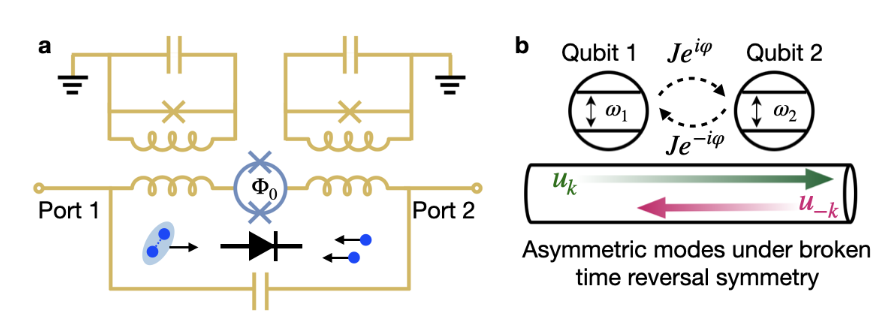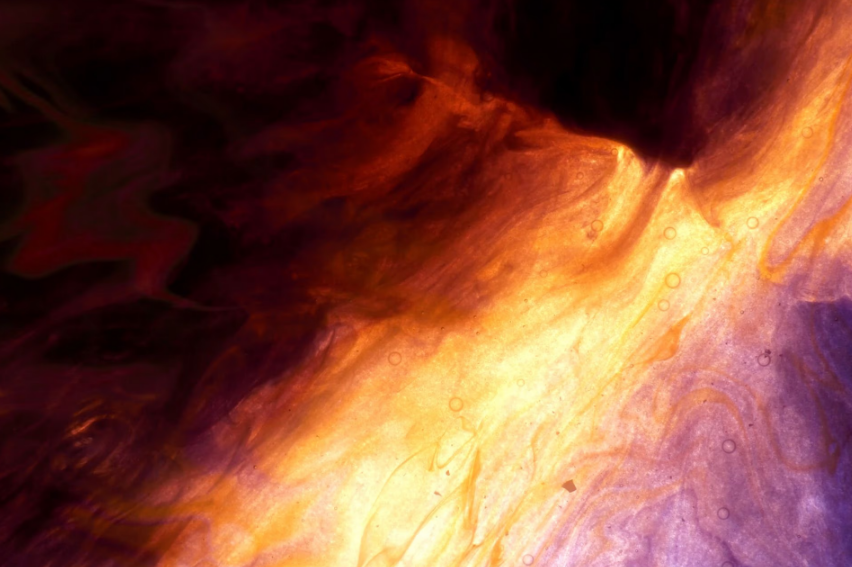Insider Brief
- Scientists have successfully demonstrated a quantum remote sensing system that securely measures data over 50 kilometers without relying on entanglement.
- The system uses single-qubit quantum states, which are simpler to prepare and transmit, offering a practical path to scaling quantum sensing technology.
- This work could lead to applications like environmental monitoring, disaster response and secure communications while maintaining data accuracy and confidentiality.
Scientists have demonstrated a new method of secure quantum remote sensing (SQRS) that estimates environmental changes without requiring entanglement, according to a team of team of Chinese researchers. The team adds that this advance could expand the technology’s practical use in areas like disaster response, military surveillance and environmental monitoring.
The study, detailed in a December 2024 preprint on arXiv, describes how researchers used single-qubit quantum states to successfully estimate phase changes over a 50-kilometer fiber-optic cable. This distance marks a significant step toward real-world deployment of SQRS systems while simplifying the preparation of quantum states, which is essential for scaling the technology.
Eliminating Key Technical Challenge
Unlike traditional methods relying on entangled quantum states, the new protocol eliminates the technical challenges associated with creating and maintaining entanglement. Instead, it uses single-photon states that are easier to prepare and transmit, a step toward making SQRS more practical, particularly in challenging environments.

The team writes: “We successfully estimate the preset phase information with high precision over 50 km of opti- cal fiber. The results demonstrate the feasibility of SQRS without entanglement over long distances and serve as a key step toward its practical implementation.”
Potential uses for SQRS include remote health monitoring, secure communication networks, and autonomous environmental sensing, where safeguarding transmitted data from potential eavesdroppers is critical. The researchers validated the security of their protocol by measuring an information asymmetry that heavily favored legitimate users over potential attackers, quantified using Fisher Information metrics.
Experimental Methods
The experiment involved transmitting single-photon quantum states prepared in different polarization configurations over an insecure quantum channel. A key innovation was the development of a “pre-calibration technique,” which addressed imperfections like optical misalignment and detector errors.
The study’s protocol worked as follows:
- State Preparation: Quantum states were generated using a laser and sent through a fiber-optic channel to a receiver.
- Phase Encoding: At the receiving end, a phase was applied to the transmitted states using a specialized interferometer.
- Secure Transmission: The receiver’s measurements were analyzed to estimate the encoded phase, while security was ensured by monitoring any information potentially leaked to an eavesdropper.
The team achieved a low error rate of under 6%, which they report validates the system’s robustness for secure quantum communication. Bayesian analysis was employed to refine phase estimations, resulting in high precision and reliability.
Limitations and Challenges
The study acknowledges limitations with the approach and the experiment that will likely be the focus of future research. The current experimental setup is constrained to fiber-optic cables, which, while suitable for lab conditions, may not translate easily to other mediums such as free-space communication. The researchers also note that scaling the system for global applications would require further refinement of the calibration process to handle larger distances and more complex network architectures.
While single-qubit states simplify the system, they may offer slightly lower performance compared to entangled states in some high-precision scenarios. Future work will need to evaluate this trade-off in various application contexts.
Future Steps And Research Directions
The researchers aim to extend their work by integrating the protocol into multi-node quantum networks. This would involve connecting multiple sensors across greater distances, enhancing the system’s utility for distributed sensing tasks like climate monitoring or infrastructure security.
Another area for future development is the use of alternative transmission methods, such as satellite-based quantum communication, which could address current distance limitations. Any advances in detector technology could further improve system efficiency and reduce error rates.
There is a broader context to the study, though it is not specifically detailed in the paper. This work highlights the growing intersection of quantum metrology and communication technologies, which together aim to surpass classical limits in both precision and security. The shift away from entangled states also aligns with broader efforts to make quantum technologies more accessible and cost-effective.
The researchers involved in the study are Wenjie He, Chunfeng Huang, Rui Guan, Ye Chen, and Kejin Wei from Guangxi University’s School of Physical Science and Technology. Zhenrong Zhang is affiliated with Guangxi University’s School of Computer Electronics and Information.
For a deeper, more technical dive — which this article can’t provide — please read the paper here. Please also note that pre-print servers, like arXiv, offer a way for researchers to gain immediate feedback on new work, but it is not officially peer-reviewed, a key step in the scientific process.

















